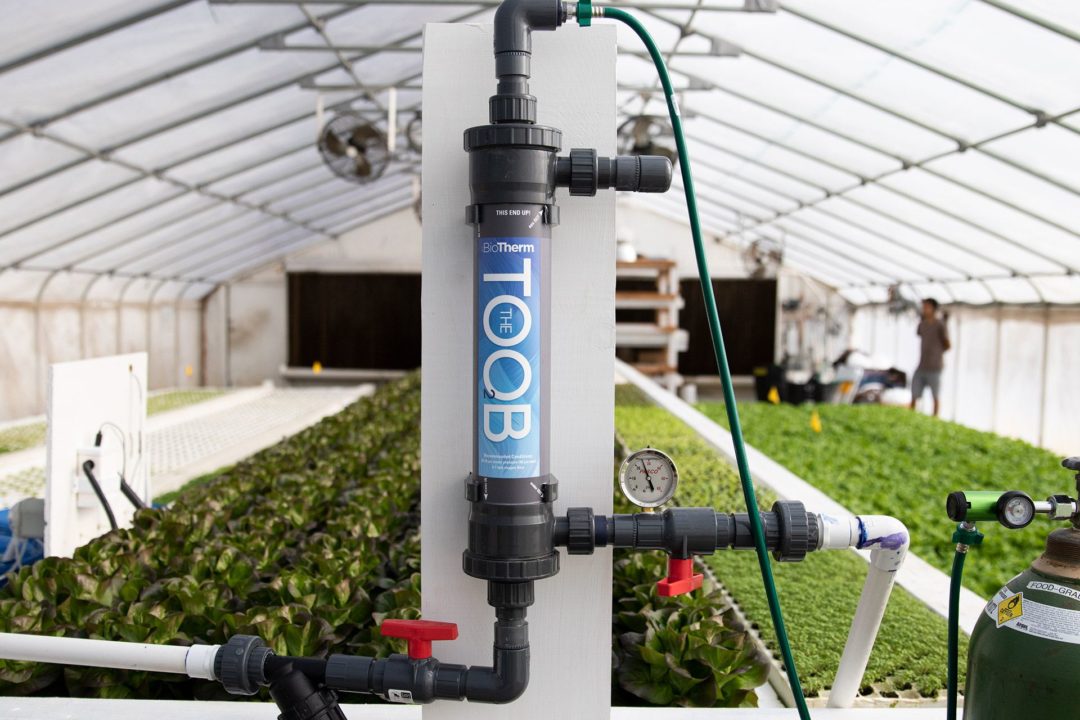7 Trends and Takeaways Straight from the Garden

During Cultivate’20 Virtual earlier this month, Diane Blazek, Executive Director of National Garden Bureau (NGB), presented the results of consumer and industry surveys conducted by NGB this past spring that were designed to predict future garden trends. In celebration of its 100th anniversary this year, NGB surveyed nearly 2,000 consumers and hundreds of industry professionals online over a four-week time period.
“Our main goal was to ask consumers about their vision of what their kids’ and grandchildren’s gardens will look like over the next 100 years,” Blazek said, while jumping into a breakdown of the survey results. “Our mission as an organization is to provide inspiration and education to get consumers to become more interested in gardening, and this survey helps us address that mission.”
What was particularly interesting about the survey is that it highlighted areas where the horticulture industry either sees eye to eye with consumers, or areas where there may be a disconnect. More importantly, it presented a few opportunities on which the industry can capitalize.
Here’s a breakdown of a few insights gleaned from the survey, and how the industry can respond.
- Overcome the Cost Barrier of Gardening
When asked why they do not garden more, 40% of consumers over age 35 said they didn’t feel they have enough space, followed by not enough time. Consumers under age 35 flipped those answers. However, both age groups considered the cost of gardening to be an additional obstacle.
“This tells me that we need as an industry need to promote the value of our products more than we are now,” Blazek said.
- Better Health, Better Yield
Consumers over and under age 35 noted slightly different factors for what might encourage them to buy more plants. Those over 35 said they wanted plants that stay healthier longer, which means built-in disease resistance. On the other side, younger consumers wanted plants that produced more fruits.
“We have those varieties that offer great yields, and this is something we can use to our advantage,” Blazek said.
Many of those older consumers who cited a lack of time were also interested in the beauty that plants can provide.
“This means a great chance for us to sell more grab-and-go combos,” Blazek said.
- Garden Retailers Are a Source of Information
As expected, more consumers, especially younger ones, cite social media (Pinterest, Instagram, etc.) and the internet as their top resource for finding ideas and inspiration when gardening. Right behind those, however, was plant retailers, and for consumers over age 35, retailers were actually the highest information source on their list.
“Those retailers who are effectively using social media not just for advertising but also for education are primed for long-term success,” Blazek said.
- A Garden in the Kitchen
The NGB focused on both current and future gardening trends, and looking ahead, many consumers felt they would be doing more indoor gardening in the future. So, what would they want to grow indoors?
“The first response for all of them was herbs, because they could be grown in small containers and offer easy access when cooking,” Blazek said. Vegetables also ranked high on the list of potential indoor plants, along with tropicals. (Of note: Houseplants were not ranked high on the list, which Blazek says might be due to the fact that many consumers are already buying houseplants. In other words, it’s a trend that has already arrived)
- Automation Not Just for Growers
There was great interest among all the consumers surveyed in using gardening as a means of escaping their problems. What made this interesting is that the survey was conducted pre-COVID-19, meaning that desire to escape was there even before people were forced to shelter at home.
- Gardening as an Escape
What will future gardens look like? Many of the consumers surveyed said their plants will be grown in containers, often indoors. But it wasn’t just containers they were looking for. Some plant consumers noted that the ability to grow a crop in a greenhouse from their home was appealing.
“We might see more automation being geared toward home gardeners,” Blazek said, while also citing an interest in tools such as automated watering systems and devices that can easily measure fertility needs.
- Industry vs. Consumer Views
More recently, NGB conducted a similar survey among industry professionals, asking their perspective about how consumer gardening interests might develop. It was interesting to contrast their predictions.
For example, industry insiders often like to cite the “feel-good” nature of having a garden. But this actually ranked lower among consumers than beautification or the desire to grow their own food.
Another example came in how consumers were looking to grow indoors. While herbs and tropical foliage plants in pots ranked high for both consumers and industry members, the perception of hydroponics was a different story.
“The industry had a much higher view of hydroponics than consumers,” Blazek says. “This might represent a great chance for us to provide more education on hydroponic plant production.”
The bottom line, Blazek said, was that information was critical.
“The good news is, a lot of this information already exists, and as a grower or retailer, you can be a hero to the consumer by providing them with this information.
It’s this viewpoint that led NGB to revamp its long-standing Victory Garden initiative earlier this year.
“COVID-19 has brought a resurgence in home gardening, so we decided to repurpose our older content to meet the needs of today’s gardener in the form of blogs, ‘Ask the Expert’ information, and more,” Blazek said. Click here to take advantage of these resources.









